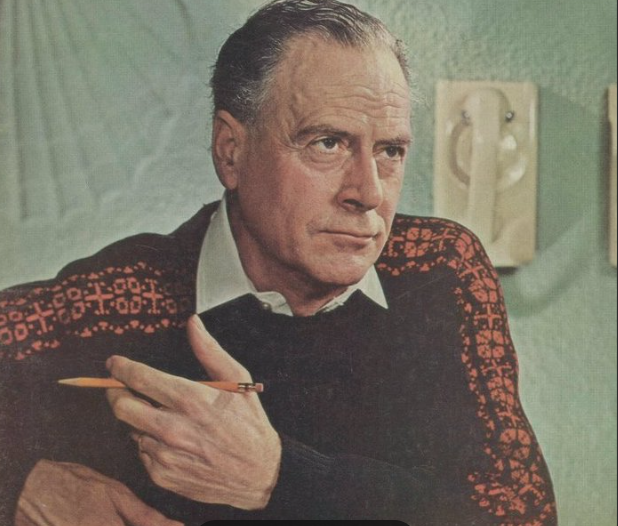Media theory is a core concept in communication studies, sociology and cultural research, but different schools and periods have different understandings of it. The term “media theory” (or medium theory) was first systematically proposed by the Canadian scholar Marshall McLuhan in the 1960s. In Understanding Media (Understanding Media, 1964), “The medium is The message.” it means: The form and characteristics of Media itself, rather than carry content, is The key to social and The way of human perception of power. At the same time, McLuhan believed that each form of media expands a certain human sense, thereby changing the perception structure and social form. Media not only convey content but also constitute the information environment itself.

Media theory focuses more on how the technical structures of different media (such as text, print, television, the Internet, social media, etc.) shape human perception, thinking, social relationships and cultural forms. In other words, media theory does not study “what people say”, but rather “how people say it through what medium” and how this medium changes the way social interaction occurs. This means that the way you share is more important than the content. For example, different media have different ways of communication and at the same time bring people different feelings. For example, when we see a news about a Halloween event, if it’s just a passage of text in a newspaper, it won’t attract much attention. Even an interesting story is hard to catch many people’s eyes. But if it’s posted on Instagram or Tiktok, with a video or told by a blogger in person, As an audience member, your sense of experience will also be stronger, as if you have already been immersed in this event, thus returning to McLuhan’s view that “every form of medium expands a certain human sense.”
Research direction
Different schools of thought also have different research directions. For instance, those represented by McLuhan and Innis advocate Technological Determinism. They believe that technological innovation is the fundamental driving force for social and cultural change. The media alters people’s perceptual structure (visual-auditory ratio), spatial and temporal perception, and critics argue that this theory is overly “single-causal”, ignoring social factors. Meyrowitz and Williams, on the other hand, represent the theory of Social Constructivism. They mentioned emphasizing the meaning and function of media jointly shaped by social practice, cultural context and institutional structure, and that media are not only technological products but also the products of social relations.
Overall, social media platforms have changed the way people receive information and communicate through the big data and algorithmic systems they have designed. Under the function of algorithmic recommendations, likes, shares, and browsing have altered the speed of information dissemination, broken the original channel of communication and improved efficiency, and shaped the logic of social visibility.
Reference list:
McLuhan, M. (1964). Understanding media: The extensions of man. McGraw-Hill.
Meyrowitz, J. (2018). Medium theory and cultural transformations. In Routledge handbook of cultural sociology (2nd ed., pp. 629–638). Routledge. https://doi.org/10.4324/9781315267784-67

